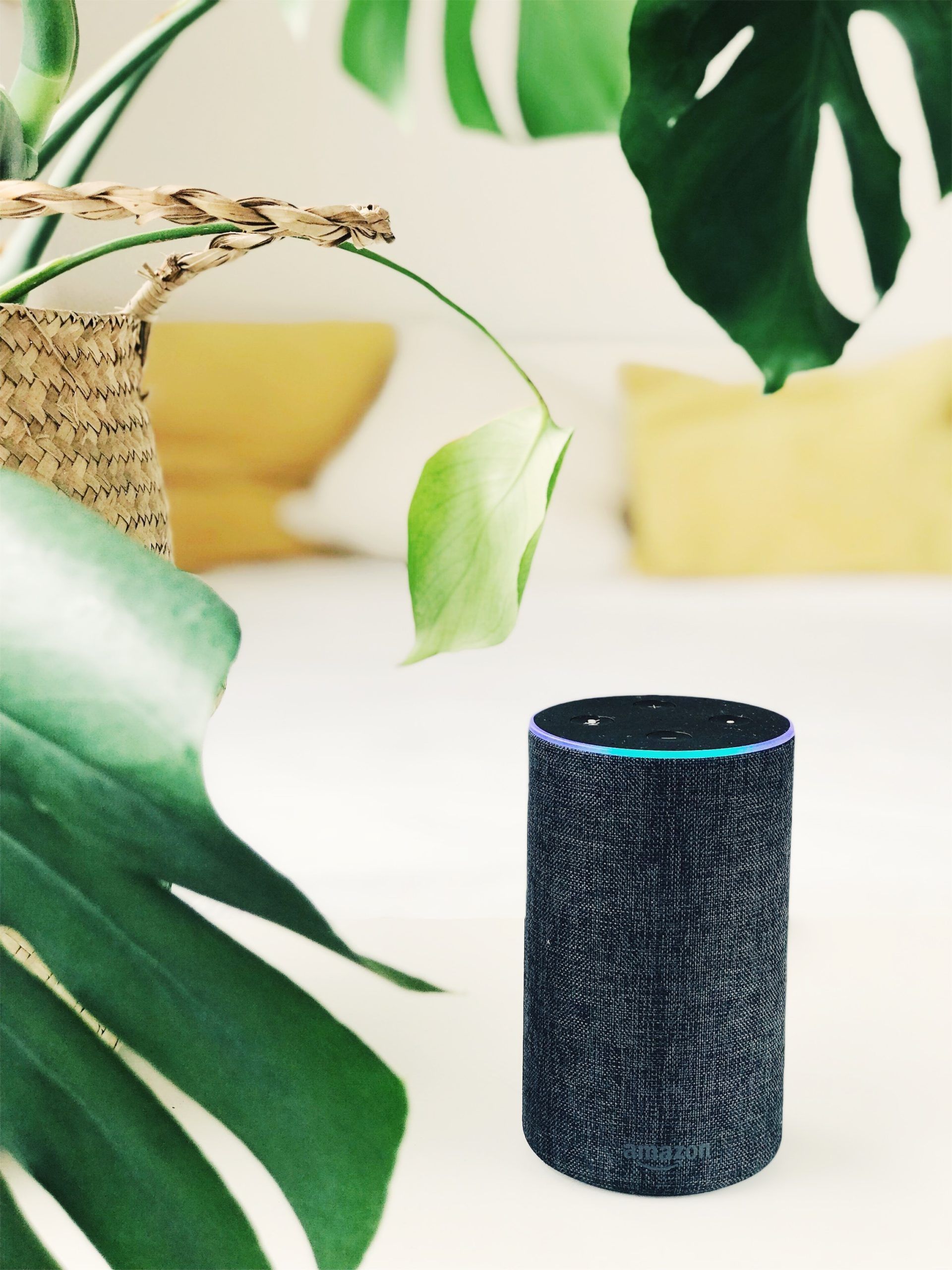
NEWS / VOICE
Ocado and M&S recently announced a grocery delivery partnership to the tune of £750 million. That in itself is big news, but one point to note is that Ocado, the warehouse-to-doorstop online supermarket, also offers voice functionality. Opening this out to M&S could deliver real momentum in the retail sector’s uptake of voice capabilities, and how they’re perceived by the wider buying public.
This article was originally posted on Internet Retailing here.
Ocado and M&S recently announced a grocery delivery partnership to the tune of £750 million. That in itself is big news, but one point to note is that Ocado, the warehouse-to-doorstop online supermarket, also offers voice functionality. Opening this out to M&S could deliver real momentum in the retail sector’s uptake of voice capabilities, and how they’re perceived by the wider buying public.
Ocado’s decision to embrace voice is still the exception rather than the rule, though. And even though its voice skill can’t yet choose a delivery slot, check out, or change any account info, it’s still a great tool in a sector still in relative infancy. M&S has all to gain, and other retailers would be wise to pay close attention to what happens next.
What is Voice’s role in the retail space?
There are still many questions surrounding the role voice will play in the retail space. Gartner’s research suggests 30% of internet browsing sessions will not involve a traditional screen by 2020; the analyst house goes on to suggest brands that reconfigure their websites for voice and visual research, as well as text, will see as much as a 30% uptake in e-commerce revenue by 2021. Further PwC research states that within 30 years, 40% of consumers will use voice assistants rather than a website or app , compared to 24% today; and 31% will use a voice device instead of visiting a store or a branch, compared to 20% today.
By comparison, sceptics suggest retailers still bank largely on customers being bowled over by basic functions. It’s easy to be cynical, but like the iPhone or the Kindle, it will likely take one brand, one voice skill applying itself differently, to appeal to consumer needs and trigger real change.
As technology advances, it seems inevitable that voice will become the norm, that the contract between customer and company will be brokered through speech. Mintel tells us 62% of Brits are happy using voice control, but only for mundane tasks – searching for deals or checking if a certain item is available, rather than actually following through to complete the purchase.
Whether this is because it’s not commonly available (Ocado doesn’t offer checkout), or consumers simply don’t trust voice to perform this function, is unclear. So while retail brands should be working hard to make voice one of their differentiators for customers, the time isn’t right to make it the main selling point – not until they can bridge this gap.
The root of this disconnect is the same as for new technology: trust has to be earned before we properly assimilate it into our daily routines. This has been the case for fingerprint technology on mobile phones, as well as password retention in browsers.
How can voice become the norm?
To reach this point, the voice should pass what we might call ‘the grandparent test’. The user experience needs to be so friendly that even someone with minimal exposure to a new technology can get to grips with it. Younger people are typically early adopters, but evidence would suggest voice has passed this stage.
A 2018 survey by HigherVisibility found no significant difference in the uptake of top voice commands by gender or age. Voice has been our primary means of communication for millennia, so it’s fair to say it should be a familiar medium! But it’s important to bear in mind this survey only accounts for the ‘top voice commands’ – such as daily weather forecasts, or turning on a smart bulb. As noted, we haven’t yet reached the point where we entrust our voice assistants to carry out more complex, transactional tasks.
The fault cannot be seen to lie with industry leaders like Amazon, though. Alexa is a game-changer and the business’ ventures in voice have genuinely set the benchmark. For instance, its partnership with Marriott Hotels to offer Alexa as a ‘virtual butler’ has raised the bar for the hospitality sector. However, despite being a natural fit with a voice on paper, most retail brands are yet to take the plunge and invest in truly next-generation voice-activated shopping services.
Which brands are leading the future of voice?
There are a few successful retail voice services globally that stand out – and they do this by putting careful thought into what works well and what doesn’t – and what would be genuinely useful, rather than merely a novelty.
For example, French supermarket Monoprix rolled out a multi-channel voice ‘shopping list assistant’, which recommends additions to your basket based on your previous purchases and behaviour, in real-time. Digital agency Artefact developed this advanced service, which not only involves sophisticated voice recognition and AI algorithms, but also meticulous cross-referencing and mapping of the entire Monoprix inventory at SKU level.
This idea worked because Monoprix identified a way to fulfil a customer need via a fully-fledged commercial offering; as of August 2018, the voice application had attracted more than 6,000 new customers and generated over 30,000 orders. It took a holistic approach to define relevant use cases, identify the right voice persona, and develop a truly integrated, modular technical architecture. It takes a fully committed brand and a multi-disciplinary team and a skilled tech partner to achieve the intended results, but it’s not impossible. It requires time and dedication.
That’s what many voice apps lack – they’ve not been nurtured, tested and improved for long enough.

 NEWS
NEWS





